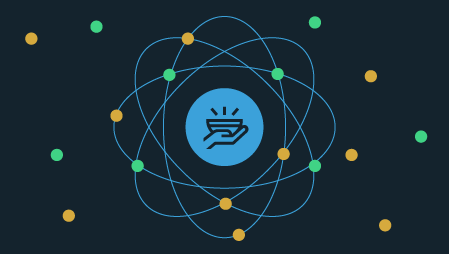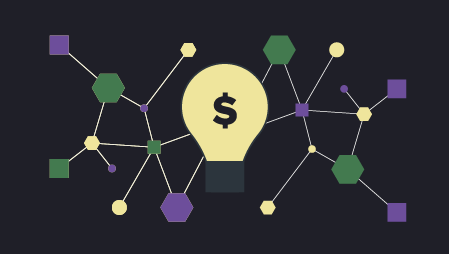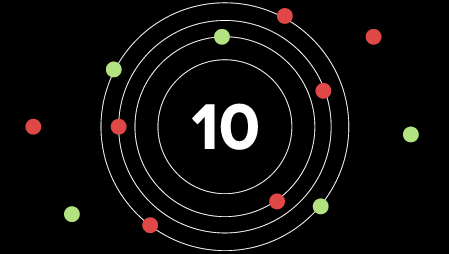One of the most common misconceptions we hear today, even amongst the largest companies in the world, is that they don’t really know why they need 5G. Some think 5G is still too far off to plan for it today; others think their current WiFi or Zigbee capabilities are good enough; and others simply don’t understand its value. In this article demystifies those misconceptions because 5G is coming and it is going to significantly impact the Internet of Things (IoT) and high tech industries. The companies that embrace it will be the ones that will be able to drive new growth and revenue opportunities in the future.
Why 5G Matters
At 10ms latency, 5G is 10x faster than its predecessor at the upper end of home Wi-Fi networks, and on par with most wired connections. With the ability to support 1 million devices in a square kilometer and with speeds up to 20 Gbps, 5G offers the first viable alternative to wired connections, with the ease of use and deployment of a wireless network.
These sheer technological advantages of 5G can benefit the IoT and high-tech industries significantly. The industries that stand to benefit the most from commercialization include industrial and manufacturing, smart buildings and smart cities, health care, and automotive. Technology industries will be a major player in this 5G/IoT ecosystem because they are both the consumers (in manufacturing plants, and enterprise environments) as well as providers (for sensors, platforms for IoT). Technology companies are a major stakeholder in the overall IoT value chain and can orchestrate commercialization to realize value.
Commercialization Challenges
While the path to 5G is still 5-7 years out, there are many players in the global ecosystem working aggressively to make it a reality. Careful execution will be critical because the commercialization of 5G and IoT may be challenging for a number of reasons as outlined below:
- It’s a new technology. There is no blueprint and lessons to be learned from years of deployment.
- There are multiple layers of the stack which need to come together to commercialize IoT (as shown in the table below). This causes integration challenges.
- There is a misalignment of incentives as to who invests, and who reaps the benefits from the value chain. Think of it in context of 4G deployment, the network was laid out by carriers, but a major beneficiary were the internet companies. For 5G, network and connectivity providers should be part of the ecosystem to monetize these new services.

Competing Technologies
Another challenge with 5G is with the variety of wireless technologies available today that can enable IoT such as CBRS, WiFi6, LoRa and Zigbee. Wi-Fi 6 is slightly faster and has slightly lower latencies than its predecessor, but where it really shines is its ability to handle 4x more device traffic. Whether choosing 5G or Wi-Fi 6, new devices would be required to realize the benefits. With so many solutions available, there Is likely going to be a hybrid of multiple capabilities which includes 5G.

Key 5G Use Cases
5G can be a major enabler for a subset of commercial IoT use cases. It is a widespread standard, with enough infrastructure behind it that it can be scaled. It also has wide-spread adaptability at device and equipment level. Below are the key attributes that make it ideal:
- High speed (entertainment for auto, connected and remote health care services).
- Low latency (mission critical industrial IoT, autonomous driving)
- Massive connections (digital factories, smart cities, wearable devices)
- Low power consumption (smart buildings, fleet management)
One of the strongest use cases for IoT is in manufacturing plants and digital factories. This particular use case requires 5G due to the massive amount of data, devices, as well as low latency required. Manufacturing and industrial use cases are the closest to commercialization because in those use examples, it is clear which party pays for the IoT ecosystem, and which party reaps the benefits (it is the company itself).
The Future is 5G: Next Steps
5G combined with key technologies such as cloud, security, AI, and edge computing can deliver significant economic advantages to businesses willing to embrace this new world. We are moving from a fragmented world of devices to a connected ecosystem that knows no boundaries.
To take advantage of the opportunity, companies should focus on these steps:
- Partner internally and externally to identify use cases relevant for your company
- Embed 5G applications into upcoming product roadmaps for the next five years
- Ensure ecosystem partners and internal teams have the right capabilities needed to build, sell, and support 5G offerings
- Build agility within operations to transition to 5G




